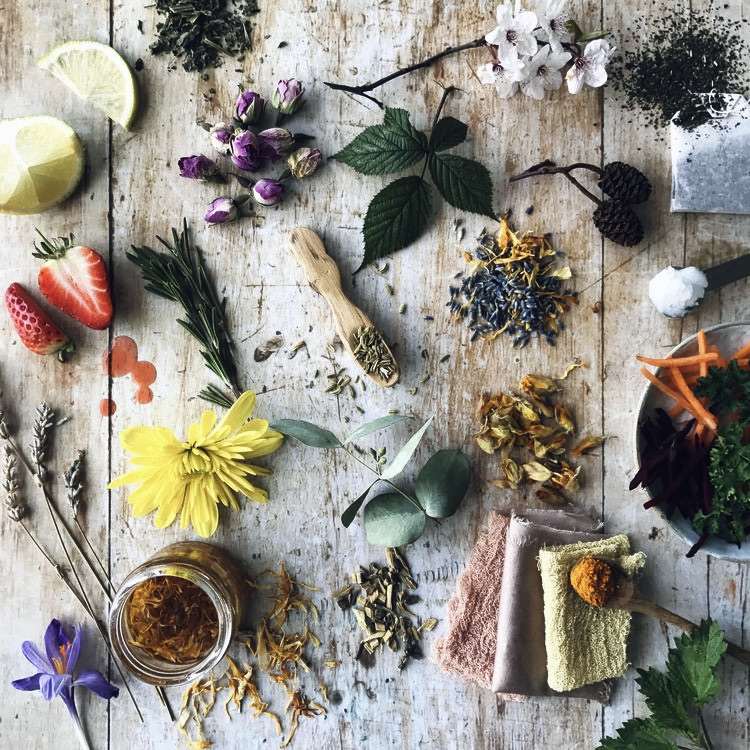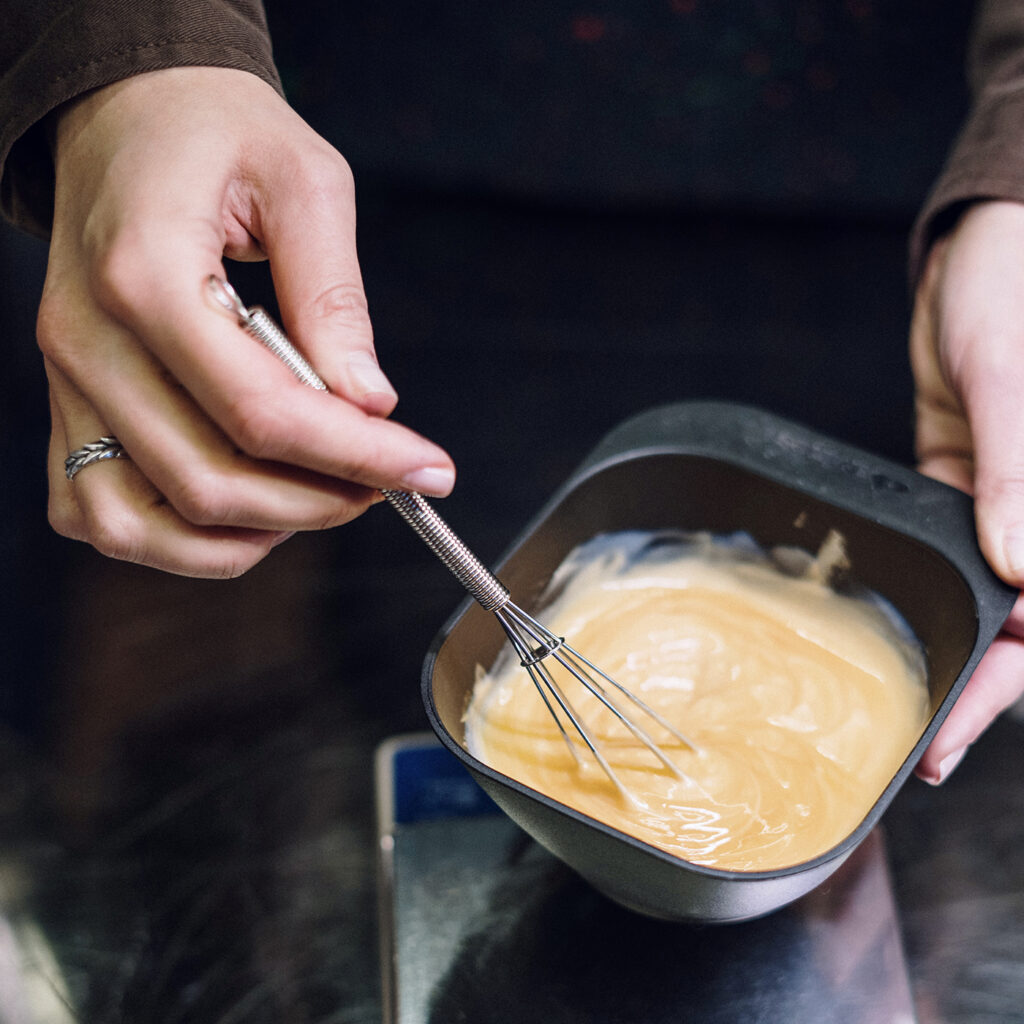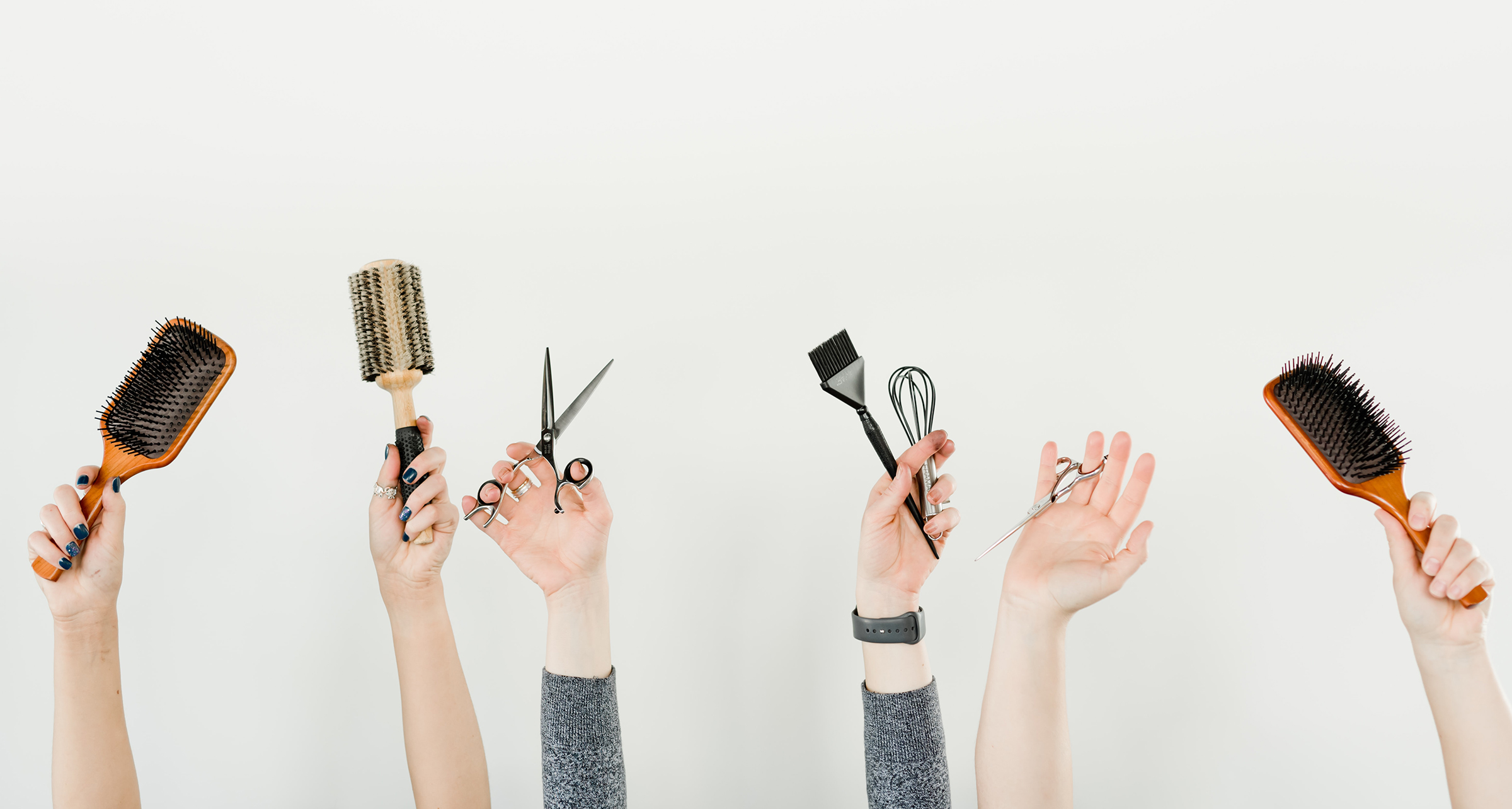Over the past year, we have been forced to change many of our habits and the need for DIY has arisen in different areas of our lives. One of these is definitely the world of beauty, with this change in trend people have started to pay more attention to the choice of products. From masks to DIY natural dyes, there are so many beneficial products for our bodies and the environment that can be made at home.
For a sustainable purchase, it is always good to read the complete list of ingredients and go for those containing as many natural products as possible. Not many people know that there are various natural, effective, and environmentally friendly options even among hair dyes.
Natural ingredients and dyes
When it comes to natural dyes, the most used ingredients are henna or other high pigmentation plants such as turmeric, hibiscus, rhubarb, etc.

But what are the ingredients we shouldn’t find in a natural dye instead? The most common are hydrogen peroxide (also known as hydrogen peroxide), ammonia, PPD (or para-phenylenediamine), and synthetic dyes. These usually appear in chemical dyes and can be harmful to your health and the environment.
In order to make sure that a product is free from these ingredients, it is necessary to check the INCI (International Nomenclature of Cosmetic Ingredients), which is the nomenclature used to indicate the components present in the product on the label.
Natural pigmentation
The plants used in these natural dyes are optimal for the hair and nature but given their composition they do not allow for extreme colors but only milder shades.
The intensity of color varies for several reasons, including the plant’s quality, the method of application, the individual characteristics of the hair, and more.
As previously mentioned, the plant par excellence in organic dyes is henna. Among its properties, it is antibacterial and antimycotic; therefore it is useful against desquamations. Of this plant are used both leaves and branches, dried and then pulverized.
Some of the benefits seen over time are shin, less frizz, and strong, resilient hair.
Types of ecological dyes:
Ecological dyes can be mainly of two types: powder or cream. In both cases, there are both henna-based and other plant-based ones.
In powdered dyes, you can find metallic salts added to compensate for incorrect processing of the plant. Ingredients such as black tea, hibiscus infusion, or lemon must be added to obtain certain colors.

The second type is a ready-to-use product to be applied according to the instructions given. Stains from this type of product are easily removed with soap and water.
From the living room to the beauty salon
The beauty salon world, from beauticians to hairdressers, produces a high amount of carbon emissions. This industry contributes to the deforestation of 18 million acres of forests annually. There are several practices that can be taken to change course. From properly recycling products like plastic that are often put in the incorrect bin.
Other ways to become more sustainable include careful research into the products used, a focus on reuse and packaging, and the amount of energy consumed.
These are some of the many possibilities we have, a change of direction and a return to nature is necessary to live in harmony with the planet.





